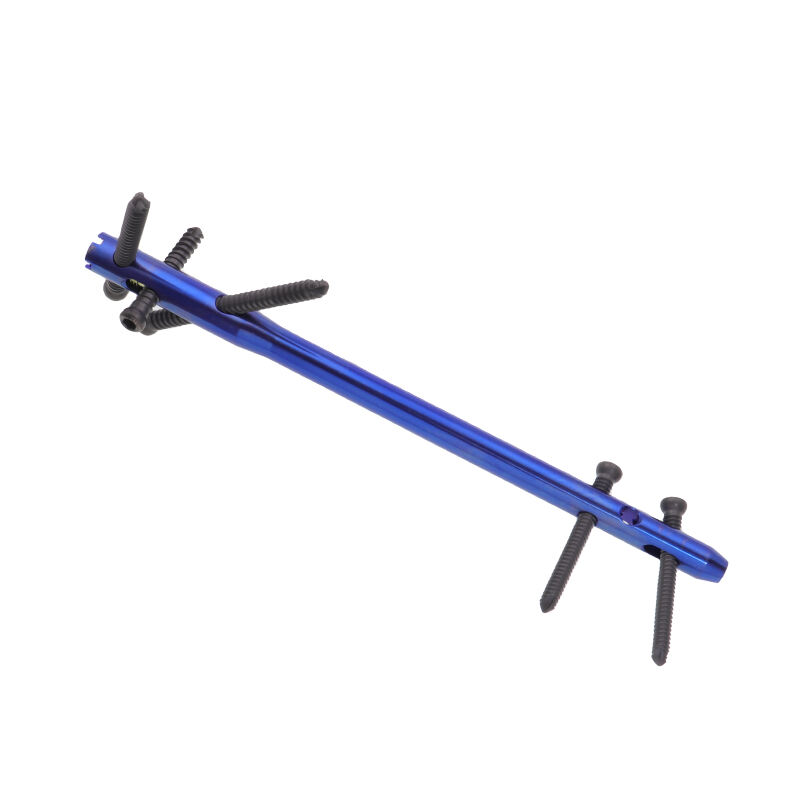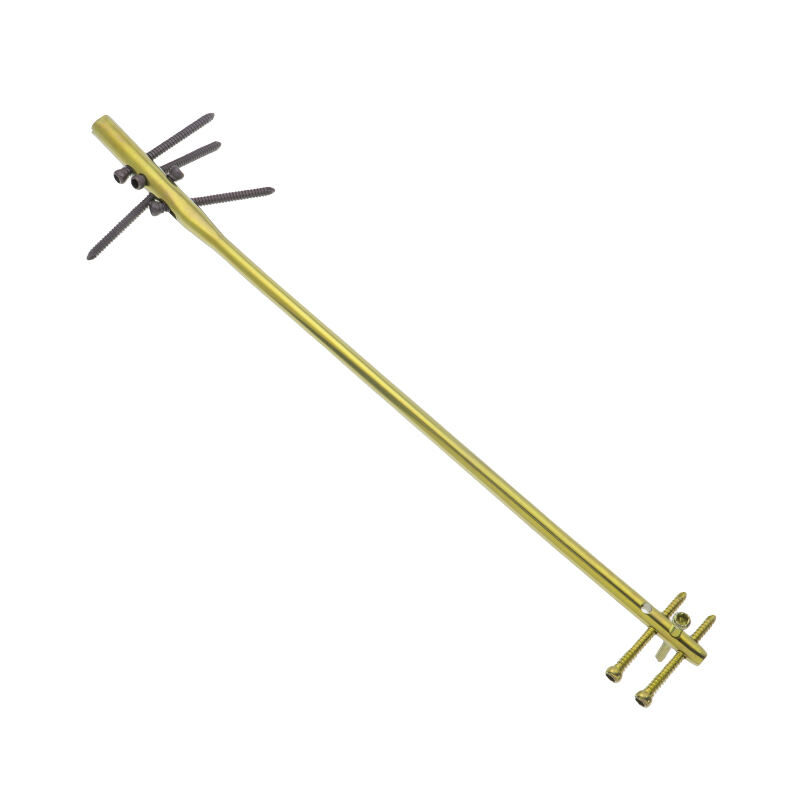humeral intramedullary nail
The humeral intramedullary nail is an advanced orthopedic device designed for treating fractures and injuries of the humerus bone. This sophisticated implant is inserted into the medullary canal of the humerus, providing stable internal fixation for various types of fractures. The nail features a specialized design that accommodates the natural anatomy of the upper arm, incorporating multiple locking options for both proximal and distal ends. Manufactured from biocompatible titanium or stainless steel, these nails offer exceptional strength while maintaining flexibility to support optimal healing. The device includes carefully engineered features such as anatomical curvature, multiple diameter options, and various lengths to accommodate different patient anatomies. Modern humeral nails also incorporate advanced locking mechanisms that prevent rotation and provide angular stability, essential for proper fracture alignment and healing. The surgical technique for insertion is minimally invasive, requiring only small incisions, which leads to reduced soft tissue damage and faster recovery times. This implant is particularly effective in treating complex fractures, pathological fractures, and cases requiring revision surgery, making it an invaluable tool in orthopedic trauma care.


